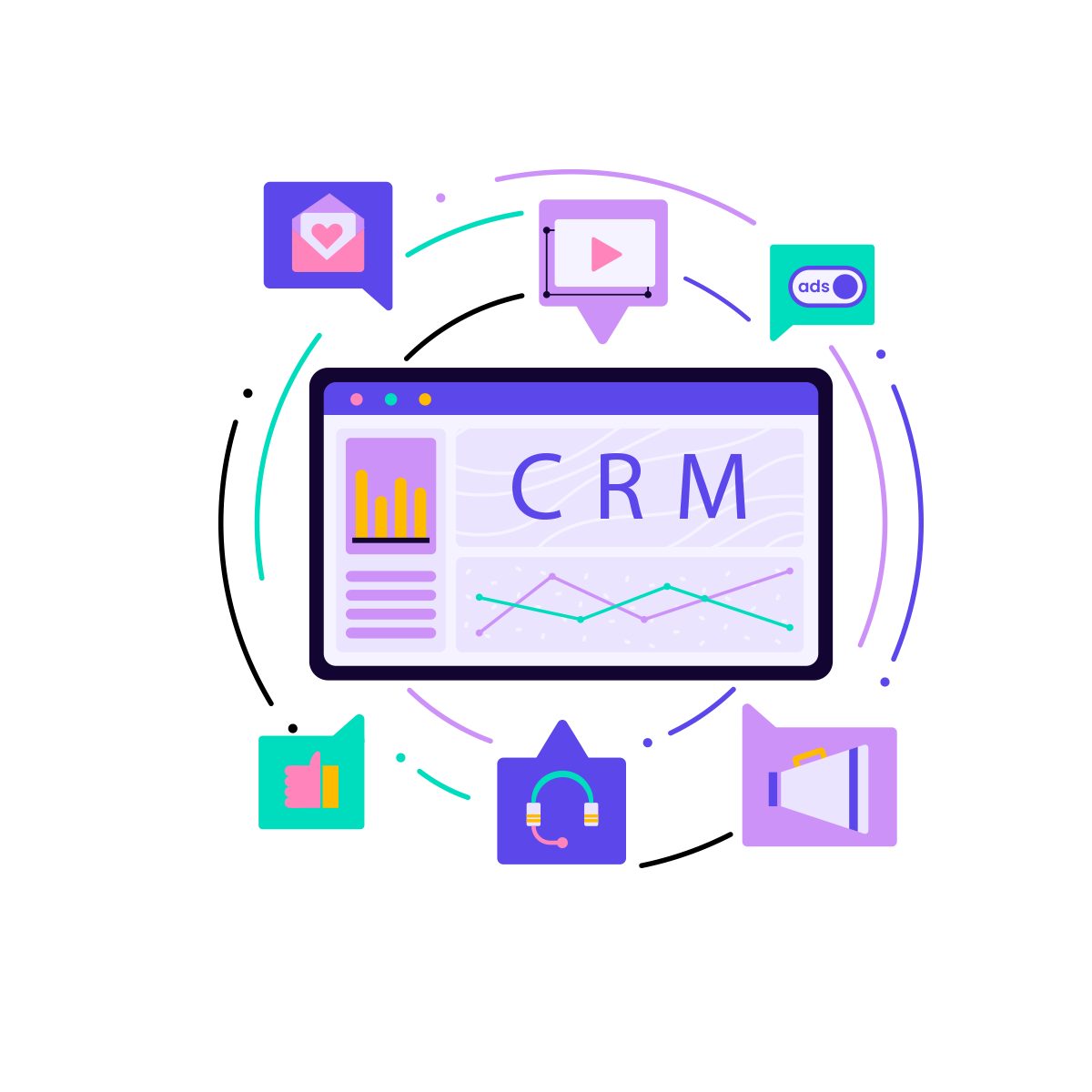
History of CRM
Customer Relationship Management (CRM) has a rich history dating back to the early 1970s. During this period, businesses evaluated customer satisfaction through annual surveys or direct inquiries. The landscape transformed with the introduction of database marketing and the Farley File, a precursor to modern CRM, developed by Franklin Roosevelt's campaign manager, James Farley. The concept gained momentum in 1993 with the creation of the first CRM product, Siebel Customer Relationship Management, by Tom Siebel. Established enterprise resource planning (ERP) software companies joined the trend, embedding CRM modules in their systems.
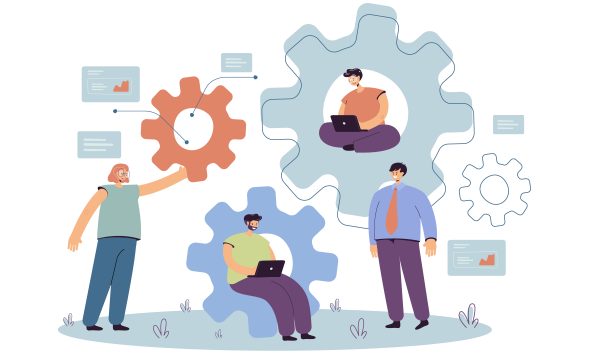
Evolution and Integration
Between 1997 and 2000, CRM products saw significant enhancements, incorporating shipping and marketing capabilities. A notable shift occurred around 2004 when CRM migrated to the cloud, making it accessible to small teams and entrepreneurs. The focus shifted to social media integration in 2009, allowing businesses to capitalize on the growing trend of social CRM solutions. By 2013 and 2014, CRM products were integrating with business intelligence systems and communication software, facilitating improved corporate communication.
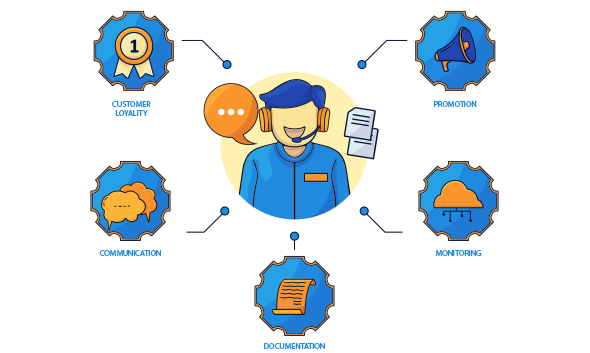
Components of CRM
The main components of CRM involve building and managing customer relationships, observing relationship phases, and managing relationships at each stage. Relational Intelligence, understanding the variety of relationships a customer can have with a firm, plays a crucial role in CRM.
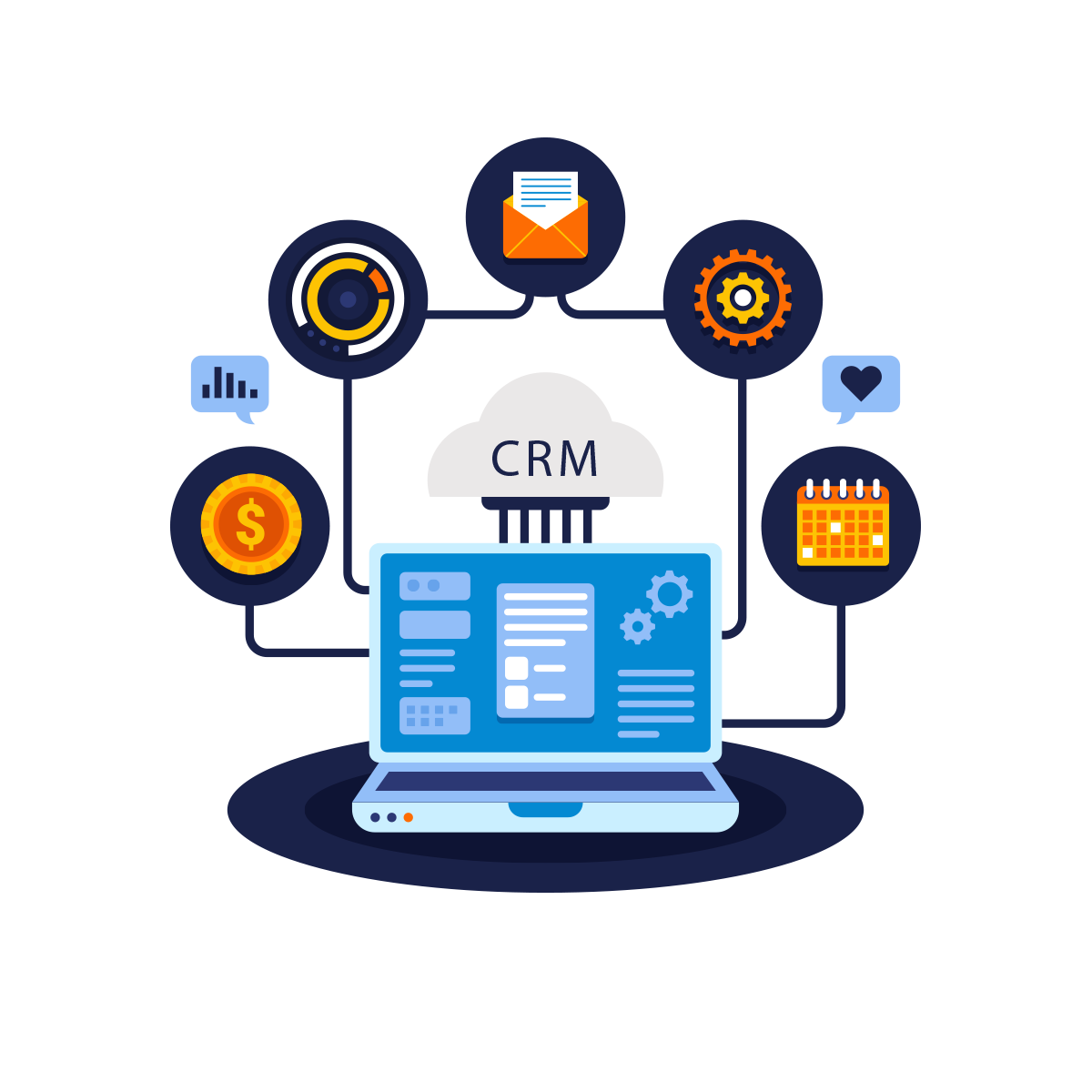
Types of CRM and Their Functions
CRM comes in various types, each serving specific purposes. These include:
- Strategic CRM: Concentrating on developing a customer-centric business culture to enhance Customer Lifetime Value (CLV).
- Operational CRM:Focused on integrating and automating sales, marketing, and customer support functions.
- Analytical CRM: Analyzing customer data to provide business managers with informed decision-making insights.
- Collaborative CRM: Incorporating external stakeholders like suppliers and distributors to share customer information.
- Customer Data Platform (CDP): Assembling data about individual people from various sources into one database for marketing departments.
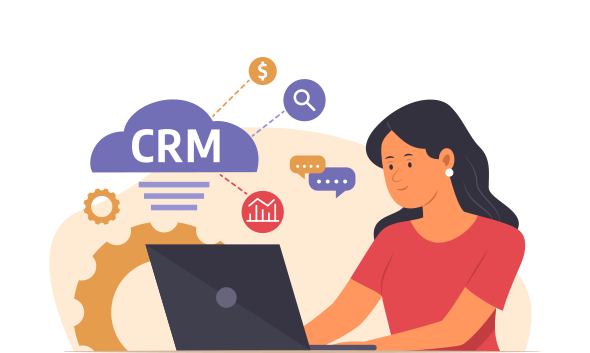
Benefits of CRM
Implementing CRM systems offers various benefits, including enhanced ability to target profitable customers, integrated assistance across channels, improved sales force efficiency, and individualized marketing messages. CRM contributes to customer satisfaction by providing personalized service, responding to customer needs, and improving customer knowledge.
Why Hire a CRM Company?
The significance of hiring a CRM company lies in their ability to enhance customer satisfaction, increase customer loyalty, and boost usage behavior. CRM companies streamline processes, ensuring that businesses maximize the benefits of effective customer relationship management. Their expertise allows for personalized interactions, improved customer satisfaction, and ultimately increased profits.
